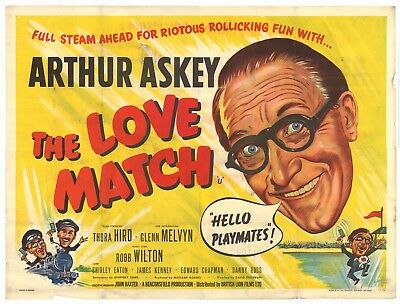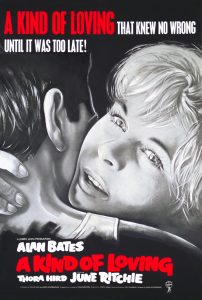Burnden Park, Bolton: The Football League on Film
Delving into the Football League’s past through film and television, this occasional series features football grounds caught on camera. Following last week’s look at a match from Bolton Wanderers’ history, I start at their former home of Burnden Park.
Mitchell and Kenyon, Blackburn-based early film pioneers of the late Victorian era, had begun shooting scenes of local life as early as 1897. With the Football League booming by the early twentieth century, as entrepreneurs active in the north of England, they naturally began taking their camera to prominent grounds. Mitchell and Kenyon called at Burnden Park at least three times on their travels, between 1900 and 1905; one of these is believed to capture the visit of Burton United.

The first feature film sees an appearance by the celebrated English comedian and actor Arthur Askey (1900-82), who made his name in the music halls before establishing himself in the early days of television. In the 1955 film The Love Match, Askey plays a football-mad train driver, Bill Brown. An opening scene (at 4.16) sees him arrive at the ground late and, after scaling a wall, make his way onto the terraces where, carried away in the excitement of the ‘City-United’ game, he throws a pie which hits the referee in the face. After this episode of hooliganism, Brown later takes his train past the stadium to get a view of the match (at 1:17.27) – trains were indeed running behind the Railway Embankment end of Burnden Park at this time. The match footage clearly contains at least two different games, the first between Bolton and Charlton Athletic, with additional scenes shot at The Valley, Charlton; the third team featured is Cardiff City.

The second movie scene shot at Burnden Park is from 1962’s A Kind of Loving. Bolton’s First Division home game with Sheffield United in November 1961 was filmed for the match sequence. Set in the fictional Yorkshire town of Cressley, Stan Barstow’s novel on which the film is based was published in 1960. The book’s central character, Vic Brown, is one of the ‘angry young men’, a new breed in post-War British fiction – young working-class men with ambitions beyond the lives led by their parents’ generation in mines and factories. Brown, Arthur Seaton (in Alan Sillitoe’s Saturday Night and Sunday Morning), and Joe Lampton (John Braine’s Room at the Top) reflect an era in which working-class writers flourished, setting their stories in the northern and midlands towns where they grew up.
Football features relatively rarely in these books, other than as part of the general backdrop; an exception is Sillitoe’s short story ‘The Match’ from the 1959 collection The Loneliness of the Long-Distance Runner, which opens at Nottingham’s Meadow Lane with Notts County losing to Bristol City. Rugby league is central to another contemporary ‘kitchen sink’ novel of northern life from 1960, David Storey’s This Sporting Life. No football ground is mentioned in Barstow’s book (only a couple of references to Huddersfield Town), so it seems the Burnden Park scene in A Kind of Loving was added to the film for ‘authenticity’. This adaptation stars Alan Bates, playing Vic Brown, James Bolam, Thora Hird and June Ritchie, and was directed by John Schlesinger.